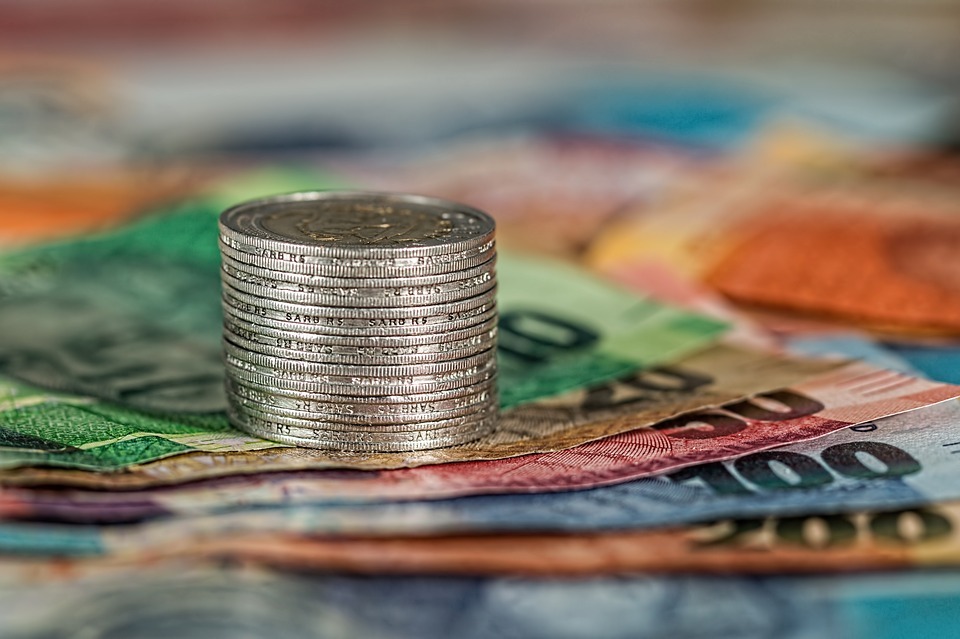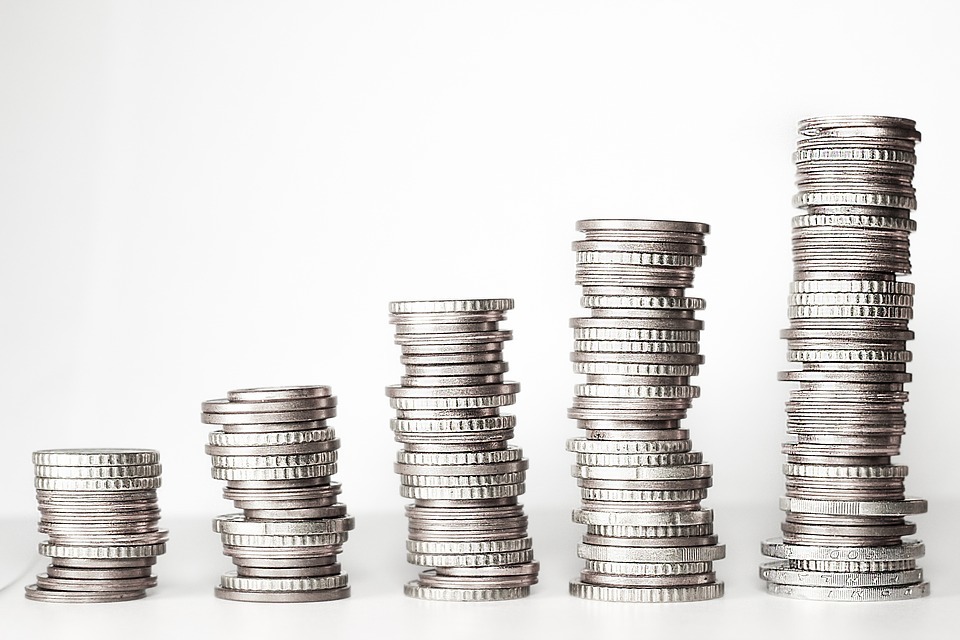How to Make a Profit in the Currency Market
You must purchase this course to see the content.
There’s much about Forex trading many don’t understand. But if there’s one thing everyone knows about, it is that this market has potential.
The volatility surrounding Forex trading is both a blessing and a curse. On the one hand, all traders can speculate.
Fortunes appear and disappear in a second. At least, the opportunity of making ones.
On the other hand, the speed in which trends or swings start and end take most traders by surprise. And the ones that make a profit will live to trade another day.

Buying and Selling on the Currency Market
A trader looks at a currency or currency pair and analyzes it. It may be either a technical or fundamental reason (or both) that leads to the conclusion to buy or sell.
Traders use specific terminology, even when referring to such a simple thing as buying or selling. As such:
- Buying means bullish. To buy a currency pair, it means to have an optimistic attitude. Or, your analysis is hawkish, and the decision is to go long.
- Selling means bearish. A dovish analysis leads to a bearish sentiment and selling decision. Hence, the trader goes short.
On the buying side, we have terms like long, bullish, and hawkish. And on the selling one, words like short, bearish, and dovish.
Four animals can be used as reference to these terms:
- Bullish from the bull’s horns that always point to the upside
- Bearish because the bear keeps its head down all the time, leading to the downside
- Hawkish from the hawk in the sky, as it flies at higher altitudes
- Dovish from the dove that flies lower than the hawk.
In the end, it is just a matter of saying the same thing: buy or go long, sell or go short.
After all, that’s the central question to answer: is the currency pair moving up or down?
Defining a Profit in Forex Trading
When traders go long or buy, they want to see the currency pair rising. The entry price always has a lower value in a long trade, if that trade ends up in profit.
Imagine the EURUSD at the current 1.2240 rate. One can buy from the ask price (1.2241).
To make a profit, the EURUSD pair must rise. If it does, and moves to, say 1.2301, the exit price is more significant than the entry one.
The difference between the exit and the entry price represents the profit: sixty pips. However, the value of a pip differs based on the volume traded.
A simple estimation is to use the 0.1 volume on the EURUSD pair. It is the equivalent of 1$ on a USD account. So, such a move on a 0.1 volume totals $60.
How about on a 1 lot volume? That’s $600.
However, the art is to balance the size of the trading account with the trading size. And, in doing that, to make sure no market swings come after your trading account. Or, to properly calculate the risk.

When selling, or going short, the opposite applies. The idea is for the currency to move to the downside.
If/when that happens, it becomes profitable because the exit point is lower than the entry one. Dovish and bearish, remember?
But in both cases, that’s not all that needs to be considered. The actual profit must also calculate the commissions paid for the trade, the swaps if any, the spreads and other fees too.
On top of all that, there are taxes that the trader MUST pay if the profits are to be withdrawn from the trading account. The details here may differ from country to country, but the idea is the same: it represents an income, so it is subject to taxation.
Time Horizon in Forex Trading
Depending on the time frame they use, Forex trades have different expectations. Both the price (profit) and time matter in a trade.
Scalpers look at trades that have a short to very short time-horizon. They set both the entry and exit levels so tight, that the smallest market move will close the trade.
They aim for quick and small profits. When summed up at the end of the day, the total daily profit may turn out significant.
The advantage of scalping is that it offers excellent entries even when the market doesn’t move. Or, in lull days. Traders pick their entries and exits on small time frames like the five-minute or even the one-minute charts.
Swing trading involves a different time perspective. Both the profit target and the time frame are bigger.
Traders aim for a couple of hundred of pips moves, and they wait from a few hours to a few days and even a couple of weeks for the profit to come. However, it doesn’t mean the total gain exceeds the one made by scalpers. It is just a different approach to Forex trading.
Investors, on the other hand, have “all the time in the world.” Changes in macroeconomic trends matter more than technical analysis on lower time frames.
Moreover, monetary policy shifts are enough for investors to position for the long run. Typically, because they have the resources and the patience, investors aim for a bigger profit, both regarding the distance the price travels and regarding actual returns.

Conclusion
Making a profit from the currency market follows the same principle: buy something that rises or sell something that falls. Or perhaps both something that will rise and something that will fall.
But that’s not enough. That is the theoretical part of how to make a profit in Forex trading.
How about how to continually profit from Forex trading? This article aimed to explain that profit has a different notion for different types of traders.
The main problem comes from how traders deal with pressure. Pressure from holding on to a profitable trade. And pressure from cutting a losing one.
In the end, cutting losses short represents a way to enhance the overall profitability of a trading account. Hence, it is not just about a single trade.
Instead, it is about the mindset and determination that leads to profitable trading. Except for the high-frequency trading industry, scalpers are mostly retail traders.
The inability of keeping profits for a long time and the need to be “successful” right away belongs to inexperienced traders. Or generally speaking, retail traders.
If the principle of making money on a trading arena (no matter the financial market traded) is the same, why do so many retail traders fail? Because of the market psychology and its importance to profitable trading!
To sum up, to make a profit in the currency market, one must:
- Avoid overtrading
- Combine different trading styles
- Know how to sit on his/her hands (a.k.a. having patience)
- Let the winning positions run
- Cut losses short
- Follow a plan
- Use proper money management risk
The Trading Academy project will cover all these and much more on the topics to follow. For this moment, what matters the most for the trader is to know that theory and practice in financial markets represent different things.
In theory, there’s a fifty percent chance the market will go up or down. Right?
It’s not like there are many different options. Only two.
However, the complexity of the market forces, the drivers of price action and the natural pull of supply and demand, create perfect chaos. As such, Forex trading becomes difficult without the proper knowledge and a psychological edge.
To gain a competitive edge against the market, trading education is a must. There’s no predetermined timetable for education, as the market is constantly changing.
But it is the only way to become profitable in the long run.


